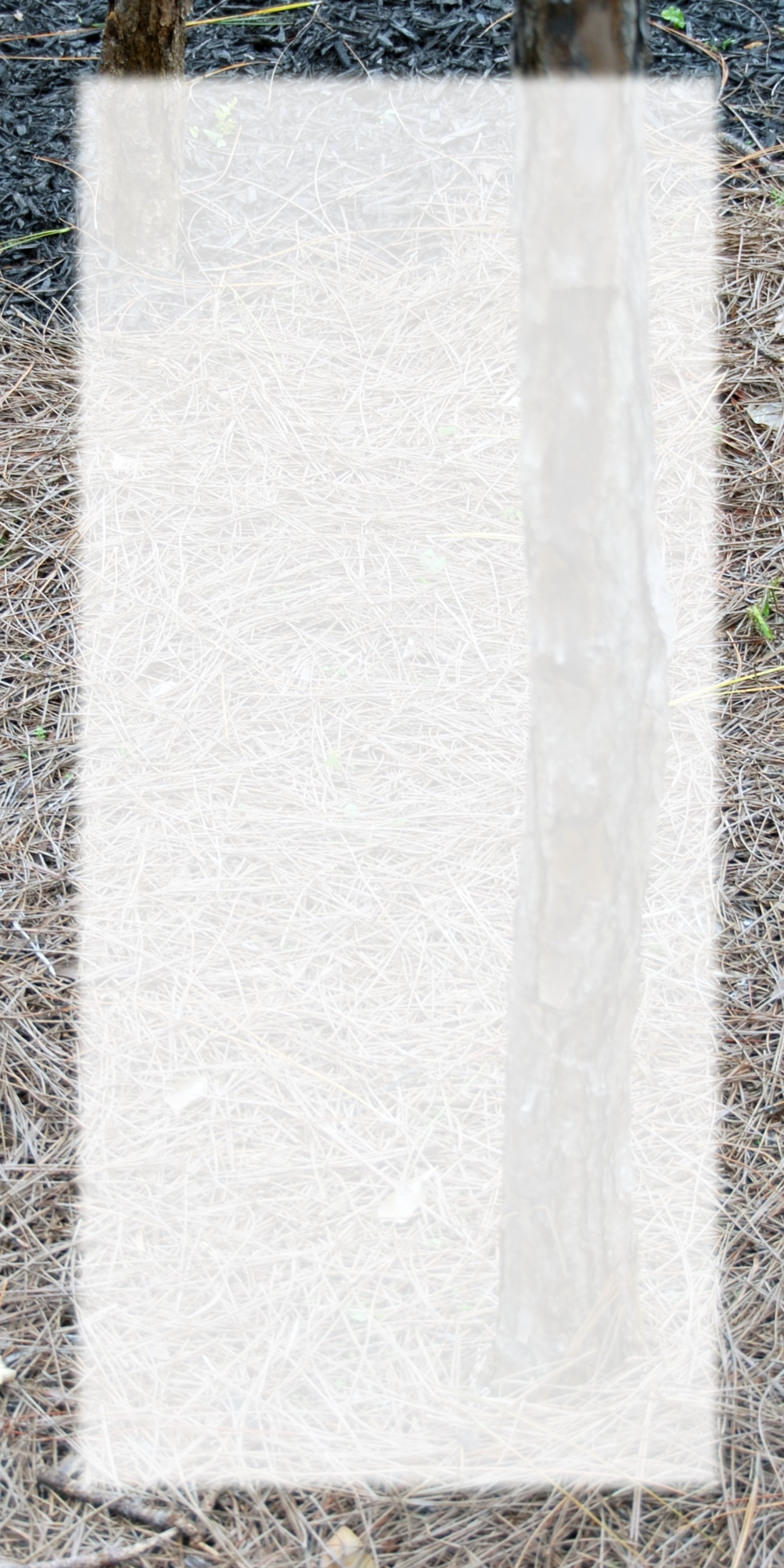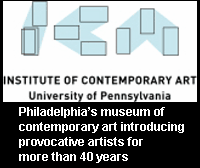Four Hundred Years Young by Larry Silver
You cannot go anywhere in Holland this year without seeing Rembrandt, whose four hundredth birthday anniversary (1606-1669) was officially celebrated in his two main cities, Amsterdam and Leiden (his birthplace) on July 15th. Unlike previous big Rembrandt years, usually to mark his birth or his death year (1969, 1991 were the two most recent), no single site or exhibition center dominated this year’s reconsideration of the artist. Instead, a galaxy of Rembrandt exhibitions of all sizes and shapes were staged with little coordination all over Europe and America. Smaller institutions could still content themselves with a focus on the extraordinary etchings by Rembrandt, sometimes in glowing impressions. For some museums in Holland, particularly the Rembrandt House in Amsterdam and the Lakenhal in Leiden, the entire year offers a sequence of exhibitions, all devoted to the Dutch master. One can only marvel at the energy of the indefatigable Rembrandt specialists in that small country, who must have been writing ceaselessly for the past couple years to satisfy the demands for books, catalogue essays, and entries about individual works of art sparked by this anniversary year.
One might well ask in the wake of all this cultural celebrity, what is it that makes Rembrandt so evergreen? The fascination is not entirely confined to the general public. It is fair to say that almost every major scholarly tool or academic question about art has been applied to Rembrandt since art history crystallized as a discipline on the eve of the twentieth century. Indeed, Rembrandt received one of the first elaborately published complete catalogue of paintings, with the newly refined medium of black and white photographs as reproductions (before this time line engravings had sufficed along with verbal description in art history scholarship). Rembrandt in the later nineteenth century also served artists, including no less a master in his own right than James MacNeill Whistler, as the inspiration for their revival of etching as a technique of printmaking. The growth of public museum collections and the wealth of Americans during the Gilded Age reinforced the interests of detached scholarship. Rembrandt’s oeuvre became one of the hottest topics of art history—not to mention private acquisitions, which led in turn to the proliferation of fake Rembrandts. One German Rembrandt specialist of the early twentieth century, Wilhelm von Bode, reacted to the craze for acquiring authentic works by wealthy Americans (including Philadelphia’s own Peter Widener) by declaring, “Rembrandt left behind him 600 paintings, 2000 of which are in America.”
Connoisseurship, the subtle distinction between the authentic and the spurious, has long been the province of Rembrandt scholarship, setting standards for all of art history, and it has enlisted the talents of museum curators, academics, and obsessive amateurs alike. Later in the twentieth century conservation laboratory analysis added a variety of tools to the arsenal of connoisseurship, beginning with enhanced vision through x-rays, infrared and ultraviolet photography, even counting threads on the canvas support or matching tree rings on panel (which has revealed several paired small images painted on segments of the same support). Of course, museum curators and lab conservators need not always agree: the Metropolitan Museum publicly aired their differences—and the wider controversies about authenticity in the museum’s collection—in a 1995 exhibition, appropriately entitled “Rembrandt/Non-Rembrandt.” Moreover, the demoting of certain favorites in a museum by scholars has sometimes raised a great outcry; this happened first with the “Man with a Golden Helmet” in Berlin two decades ago, and controversy has also swirled around “The Polish Rider” in the Frick Collection, New York.
The largest storm was generated by the collaborative opinions of a team of Dutch specialist, both curators and academics, the Rembrandt Research Project, who first investigated all of the paintings of Rembrandt (the Corpus) a full generation ago and began to publish their findings and conclusions beginning in 1982. Somehow the notion that more heads were better has not fully panned out, and many owners of individual works—whether museums or private collectors—quickly took issue with the Corpus volume pronouncements. The youngest of the group, Ernst van de Wetering of the University of Amsterdam, took over the project at the point of Rembrandt’s mid-career, but he has not published more collaborative conclusions; instead, he has lately devoted attention to Rembrandt’s working methods and self-portraits (to which he recently devoted a separate Corpus volume). Van de Wetering spent time in an exhibition at the Rembrandthuis, “Quest for a Genius,” that just closes this fall revisiting several controversial small individual paintings—and he actually restored their claims to authenticity after the exclusion by his Research Project committee!

